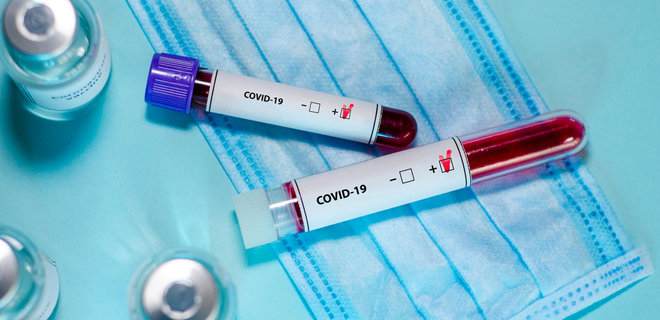

Since March, Ukraine has conducted almost 40 thousand purchases to combat COVID-19. Their number is growing daily.
Analysis of this procurement takes time and effort.
That’s why the DOZORRO project and Ukrainska Pravda, with the support of US Media Development Fund, have created a BI tool which enables search for all the necessary information concerning COVID-19 procurement in just a few clicks.
Here’s how you can use it.
Like most countries worldwide, Ukraine was not ready to face COVID-19. Even so, the Parliament responded to the imminent danger rather rapidly. In March, a specialized Law was passed to make an exception for COVID-19 procurement in the Law “On Public Procurement.”
From then on, goods and services used for the coronavirus response were included in a special list adopted by the Cabinet of Ministers, and they could be purchased without a tender. However, it is still mandatory to report on this procurement, that is, to publish relevant information in the e-system Prozorro. Thus, the public entity that decides to buy something to combat COVID-19 is supposed to publish the technical characteristics of the procurement item and to publish the agreement after it is concluded.
As of today, there have been almost 40,000 purchases conducted this way. The total cost of agreements exceeds UAH 4.5 billion. The spending is enormous, and it takes time to analyze it. That’s why the DOZORRO team, together with Ukrainska Pravda, has launched the tool for rapid analysis of COVID-19 procurement in Prozorro — Prozorro COVID-19 Procurement. It is an interactive BI tool that collects, visualizes, and helps process COVID-19 public procurement data. It can be used to study procurement based on different parameters: geography, time, category of goods and even by a specific procuring entity (buyer) or supplier (seller).
Tracking COVID-19 procurement is important, since it often happens that procuring entities try to buy something that is not included in the Cabinet directive using this procedure. Some examples are truly bizarre. For instance, we have recently observed an attempt to use the pretext of the coronavirus to buy expensive cameras in Kyiv or soft furnishings for an Odesa hospital. In addition, given the total deficit of certain goods, price gouging is encountered quite often.
We hope that the tool will come in handy not just to journalists but also to active citizens, who will find it easy to find the necessary information in just a few clicks. Here’s how you can use it.
When you follow the link, you will see filters at the top: year/month, CPV classification, buyer, etc. They can be used to manage your search. If you don’t select the necessary parameters using the filter, the tool will display general information on procurement of all goods by all procuring entities. There is also a separate filter to view procurement of the 240 hospitals designated as key hospitals for COVID-19 by the Ministry of Healthcare. If you select them, all the charts and indicators will adjust to display information concerning key hospitals, and you will be able to analyze what they have purchased for COVID-19 via Prozorro.
Under filters, you can find two important indicators: the cost of agreements in UAH and the number of procedures.
Below, you can see the map which shows the distribution by oblasts. If you click an oblast, all the indicators and charts will adjust to display the procurement of this oblast. By the way, darker shades mean a higher total cost of concluded agreements.
If you go lower, you see an infographic with categories of goods. It shows what has been purchased through the COVID-19 procedure. The distribution is performed according to the CPV codes, and the bigger the blog, the greater the cost of agreements concluded for this group.
Under the block of the goods category, you can see the rating of sellers and buyers. It shows who purchased the most items and who sold the most items based on your filters.
Below, there are two charts showing connections. The chart on the left shows pairs of buyers an sellers with the greatest number of deals. The darker color at the intersection, the greater the cost of the agreement. The chart on the right shows who bought certain items most often and from whom. These two charts will show the “warmest” relations between procuring entities and suppliers and will provide a scheme for connections between the parties.
Finally, there is a table of selected lots which will be transformed based on your prior selection. It will show the procurement that complies with your criteria and selection filters. You can download data from this table in Excel: to do this, click the button in the top right corner of the table. After that, you will be able to analyze procurement and make conclusions concerning its effectiveness.
The project is implemented with the support of US Embassy Media Development Fund. The views of the authors do not necessarily reflect the official stance of the US Government.






